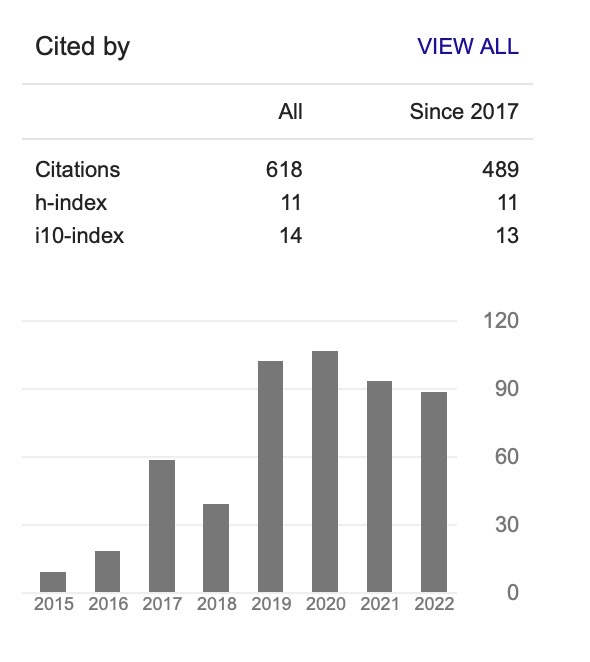Mapping the Variable-Rate Application (VRA) of Precision Fertilizing for Soybean
Keywords:
variable-rate application (VRA), geographical information systems (GIS), fertilizer recommendation, soil status map, variable-rate application map, soybeanAbstract
Information on the spatial and temporal diversity of soil properties is very important for farmers in making decisions for farming, namely applying agricultural inputs (in this case is about fertilizer) with appropriate treatment, in the right place, at the right time and the right amount to achieve precision farming. The application of Geographical Information Systems (GIS) in providing visual information and spatial analysis can be used to support the process of decision making in site-specific agricultural management. The research aims to produce a map of recommended variability rates for Urea, SP-36 and KCl fertilization applications for soybean based on N, P and K soil status. The determination of fertilizer dosage for soybean in each N, P and K soil level uses existing recommendations, in this case referring to the research done by Permadi and Haryati (2015). They used high, medium and low values for each N, P and K soil status, and suggested to apply the fertilizers when soybean at the age of 10 DAP and 30 DAP. The mapping was done at two fields of 1000 m.sq with 9 grids of 10m x 10m for each field. The results of the recommendation of urea fertilizer at field D were uniform at the amount of 0,1218 kg/ 100m.sq at 10 DAP and 0,0522 kg/ 100m.sq at 30 DAP. For the recommendation of SP-36 fertilizer were varied in two groups, 4 (four) grids with low P content, should be applied with 0,104 kg/ 100m.sq of SP-36 at 10 DAP and none at 30 DAP and for other 5 (five) grids with medium P content, should be applied with 0,080 kg/ 100m.sq SP-36 at 10 DAP and none at 30 DAP. Then, the recommendation for KCl fertilizer on all grids was uniform at the amount of 0,147 kg/ 100m.sq at 10 DAP and 0,063 kg/ 100m.sq at 30 DAP. At field B, the recommendation for urea fertilizer in all grid was uniform at the amount of 0,1218 kg/ 100m.sq at 10 DAP and 0,0522 kg/ 100m.sq at 30 DAP. For SP-36 fertilizer in 4 (four) grids with medium P content, should be applied with 0,080 kg/ 100m.sq SP-36 at 10 DAP and none at 30 DAP, and for other 5 (five) grids with medium P content, should be applied with 0,040 kg/ 100m.sq SP-36 at 10 DAP and none at 30 DAP. Finally, the recommendation for KCl fertilizer on all grids was uniform at 0,147 kg/ 100m.sq at 10 DAP and 0,063 kg/ 100m.sq at 30 DAP.








